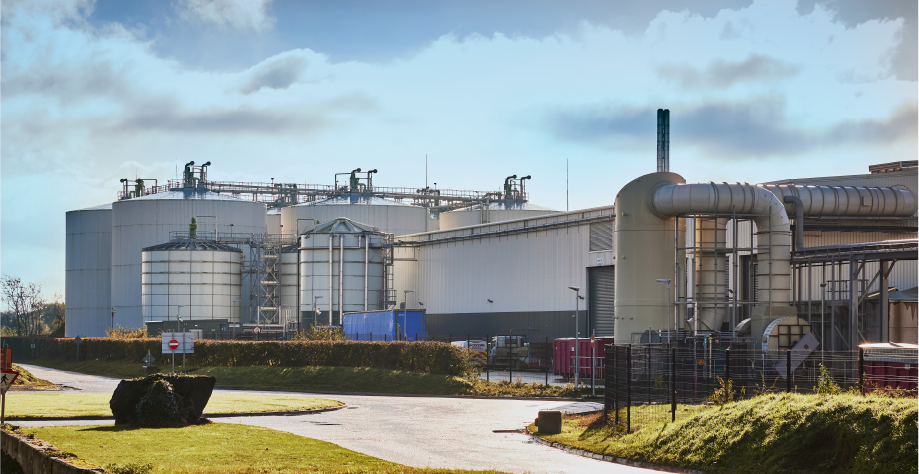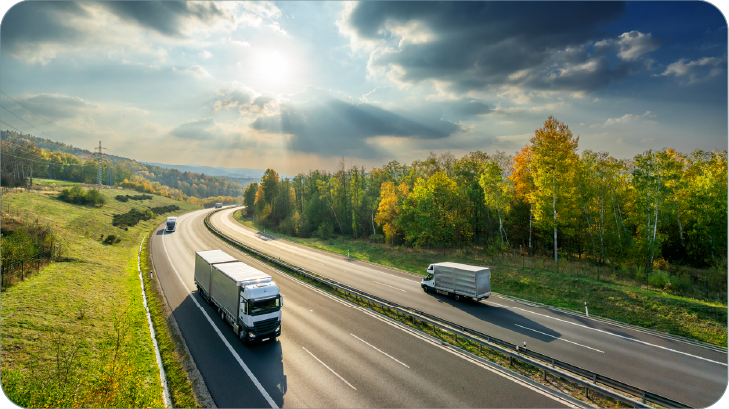What is Anaerobic Digestion?
Anaerobic Digestion Gains Momentum in Ireland: “A Sustainable Path to Waste Management and Renewable Energy"

Anaerobic digestion in Ireland is gaining momentum as a sustainable waste management and renewable energy solution. This biological process involves the breakdown of organic materials in the absence of oxygen, yielding both environmental and energy-related benefits. As the nation strives to enhance its sustainability practices and reduce dependence on conventional energy sources, anaerobic digestion has emerged as a promising technology with far-reaching implications.

Unlocking the Potential of Anaerobic Digestion: A Sustainable Paradigm for Ireland’s Waste Management and Energy Goals
In the face of mounting environmental challenges and the imperative to transition towards cleaner energy alternatives, Ireland has found an ally in anaerobic digestion. This innovative process not only addresses the pressing issue of organic waste management but also presents an opportunity to generate renewable energy while minimising the carbon footprint.
At its core, anaerobic digestion is a natural decomposition process carried out by microorganisms in an oxygen-deprived environment. In Ireland’s waste-to-energy landscape, this method has gained recognition for its ability to convert diverse organic materials, ranging from agricultural residues and food waste to wastewater sludge, into valuable resources.
The heart of the anaerobic digestion process lies within sealed digesters where microorganisms thrive in the absence of oxygen. As these microscopic agents break down the organic matter, biogas is produced as a byproduct. This biogas, composed mainly of methane and carbon dioxide, holds the key to unlocking a dual benefit—waste reduction and renewable energy production.
One of the standout features of anaerobic digestion is its potential to contribute significantly to Ireland’s renewable energy portfolio. The biogas generated can be harnessed for various purposes, including electricity generation, heating, and as an eco-friendly fuel for vehicles. By tapping into this resource, Ireland can take strides towards reducing its dependence on fossil fuels and achieving ambitious targets for carbon emission reduction.
Moreover, the nutrient-rich digestate left after the digestion process offers an environmentally friendly alternative to synthetic fertilisers. When applied to agricultural lands, this organic byproduct enhances soil fertility, promotes sustainable farming practices, and completes the circle of the waste-to-resource continuum.
Leading the charge in adopting anaerobic digestion are forward-thinking companies such as Bia Energy, recognising its potential to revolutionise waste management and contribute to a cleaner, more sustainable future. These industry leaders are investing in cutting-edge technology and infrastructure to harness the full benefits of anaerobic digestion, aligning their strategies with Ireland’s commitment to a circular economy.
Government support and incentives further bolster the adoption of anaerobic digestion, positioning it as a cornerstone in Ireland’s pursuit of a greener and more sustainable energy landscape. As awareness grows and technological advancements continue, anaerobic digestion is poised to become a linchpin in the nation’s journey towards a circular economy, waste reduction, and renewable energy leadership.
Anaerobic digestion is not merely a technological process; it represents a paradigm shift for Ireland, offering a holistic solution to waste management challenges while propelling the nation towards a more sustainable and resilient future. As momentum builds and the benefits become increasingly evident, anaerobic digestion stands as a testament to Ireland’s commitment to embracing innovative solutions for a greener tomorrow.
Anaerobic Digestion & Bia Energy
Out new Bia Energy facility is a waste-to-energy anaerobic digestion plant designed to process a diverse array of feedstocks, packaged food, food waste, food processing residues, along with agricultural feedstocks including cattle slurry & chicken litter,.
We offer a comprehensive, circular solution, seamlessly transforming our customers’ food and processing residues into renewable energy and nutrient-rich, organic fertiliser. Our plant has capacity to process 100,000 tonnes PA and generate 120GWh of biomethane and 90,000 tonnes of biofertiliser.
Through the controlled decomposition of organic material, the plant captures gas in a usable format, thus substantially reducing greenhouse gas emissions. Currently capable of generating 4.8 megawatts (MWe) of renewable electricity, the plant is undergoing reconfiguration to produce biomethane (renewable natural gas), aligning with the ambitious target set by the Irish Government to produce 5.7 TWh of indigenously sourced biomethane by 2030.
Share this article